Rubber Soul by The Beatles
Buy Rubber Soul As the years have gone by, Rubber Soul has distinguished itself more and more from the “typical” early album by The Beatles. While the 14 selections remain pretty much bright […]
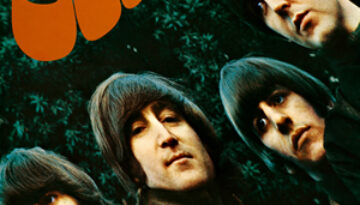
Buy Rubber Soul As the years have gone by, Rubber Soul has distinguished itself more and more from the “typical” early album by The Beatles. While the 14 selections remain pretty much bright […]
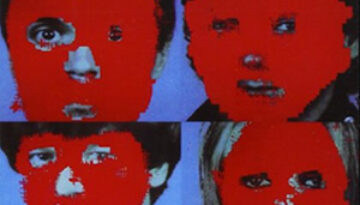
Buy Remain In Light Remain In Light is far from your typical rock album. In fact, a case might be made that it is not really a rock album at all. However, this widely […]
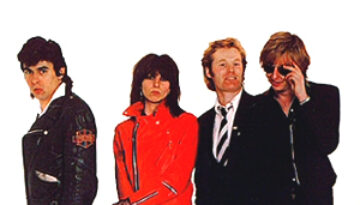
Buy Pretenders Pretenders, is the self-titled debut studio album by the British-American band of the same name. Released just weeks into the new decade of the eighties, this was one of the more […]
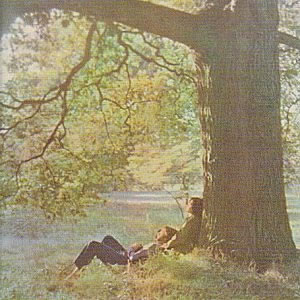
Buy John Lennon/Plastic Ono Band Our third and final installment of the “Life After Beatles” series looks at the critically acclaimed debut record by John Lennon called John Lennon / Plastic Ono Band. […]
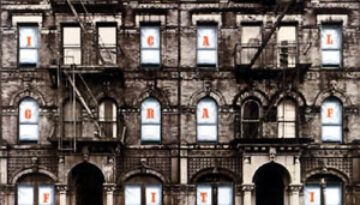
Buy Physical Graffiti Today we cover an album that epitomizes everything that is great about classic rock. Through their dozen years as a band, Led Zeppelin released eight studio albums, all of which were […]
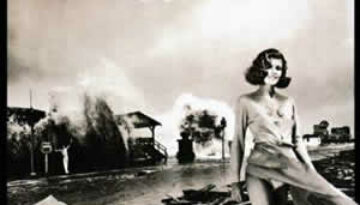
Buy Permanent Waves On the very first day of the new decade, Rush launched an evolved sound for the 1980s with Permanent Waves, their seventh studio album. The group approached this album differently […]
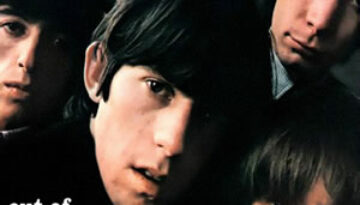
Buy Out of Our Heads The Rolling Stones made major strides towards composing their own music successfully during the year 1965. Out of Our Heads was released (in the U.S.) and lit the […]
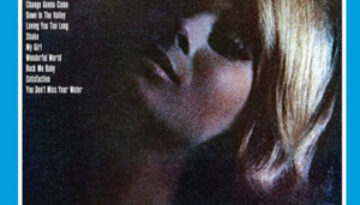
Buy Otis Blue Otis Redding‘s third studio album, Otis Blue/Otis Redding Sings Soul, (most commonly known as simply, Otis Blue) was a commercial success and has been critically acclaimed for the half century […]
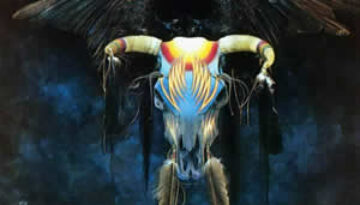
Buy One of These Nights A very diverse record which proved to be The Eagles major breakthrough album, One of These Nights, presents the band at a junction between their country/rock past and pop/rock […]
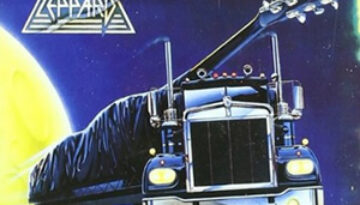
Buy On Through the Night It is clear that Def Leppard had yet to refine their signature sound when they recorded their debut LP, On Through the Night. The album, which contains songs […]